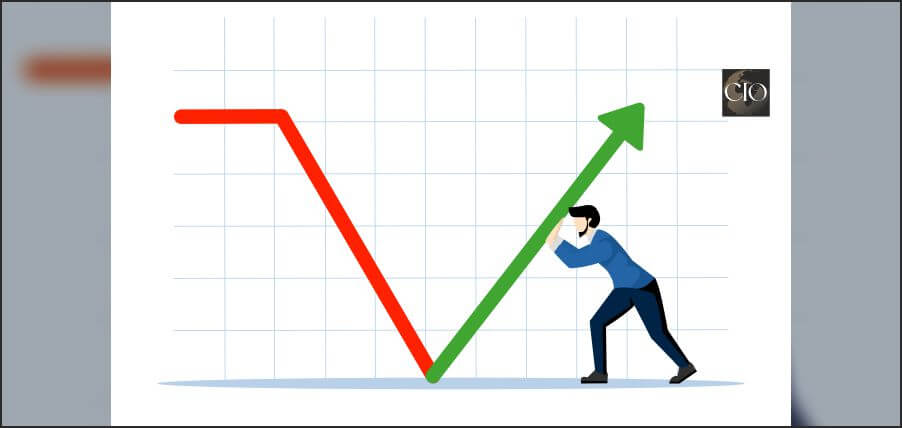Glamorous stories of entrepreneurship and innovation pop into everyone’s head. The road to success is paved in large part by obstacles and setbacks, however. Comprehending the difference between entrepreneurs who come out on top of those obstacles and those who do not is a discovery of huge value to entrepreneurs interested in thriving in business.
The Nature of Setbacks
Blowbacks may come in many forms, from income loss to product failure and personal crises. A Small Business Administration study reports that 20 percent of new ventures fail within the first year, and 50 percent fail to last beyond five years. It happens: there is the reality of entrepreneurship. What often gets missed here is the response of entrepreneurs to that failure.
Resilience: The Secret Ingredient
The ability to bounce back on failure is the basic foundation of resilience among an entrepreneur. Such a quality facilitates the person to adapt according to the situation and be optimistic with gloom. Previous studies had reported that resilient people are better capable of bearing stress and uncertainty, thus having chances of more enduring success.
One of the ways entrepreneurs must build resilience should be having a support network. Surrounded by mentors, peers, and advisors who encourage and guide them while things are tough will ensure that they are bolstered even in times that go bad. They learn both practical advice and have people to offer emotional support that can be important in times of adversity.
Learning from failure
Another important recovery element is to learn from failure. Most great entrepreneurs convert failures into a stimulus to growth and not something to be over.
This is indeed kind of very transformative thinking. They analyze what was wrong in the situation rather than crying over spilt milk; otherwise, how this or that set one back.
A poor product launch might lead an entrepreneur to revise his market research or listen to the opinions of consumers. He can then pinpoint the specific areas to improve so he can make the best judgments that will help him increase chances of succeeding in following ventures. This strategy is in line with the idea of “failing forward,” in which each fall leads to establishing a stepping stone for greater success.
Defining Realistic Goals
One other important function setting plausible goals forms in the wake of failure. Most entrepreneurs always have very big, bright aspirations, but it is necessary to break them into reachable goals. So when they find themselves rewarded with failure, they can encourage themselves by forming smaller, controllable goals.
For instance, when things didn’t go as planned and the entrepreneur failed, they would set an objective of working on the improvement of the product based on the perception towards it from customers in three months. This is a practical objective that gives direction and momentum regained after a tough period.
Being adaptive Another important quality is adaptability, which makes entrepreneurs bounce back. The business environment is fluid due to the rising tide of technology and changes in market and consumer preference. Entrepreneurs with the capacity to switch their tactic to gain more fruitful outcomes will be the ones bouncing back from adversity.
An excellent example is businesses that have transitioned well during the COVID-19 pandemic. Most firms had to shift their operations entirely online or alter their products according to the new demands. Those who welcomed change not only survived but thrived and emerged winners.
Keep an Optimistic Mind End
Optimism is one key factor in overcoming failures. Entrepreneurs who develop optimistic attitudes stick to things and don’t give up easily. Studies have shown that the optimistic mindset has improved upon problem-solving skills and enables one to have resilience.
Practicing gratitude can build such a mindset. Reflecting on achievements or aspects of life brings joy and changes attention from the difficulties to the sense of purpose. This practice ensures that entrepreneurship emphasizes its strengths and abilities at a time like this.
Obtaining Feedback and Support
Feedback gives one an invaluable tool towards growth and recovery. Entrepreneurs asking for input from customers, employees, or mentors sometimes get guidance to affect the steps they will take next. However, supportive feedback brings the individual closer to other weaknesses and things that he may not have known he or she needed to improve on.
Sharing stories of when things became challenging with others who had experience about similar situations may give you all the reassurance you need and open your eyes to ideas you wouldn’t normally have.
Networking or entrepreneurial communities open different avenues with which one can share stories about overcoming hurdles and the strategies they used for the task.
Celebrating Small Wins
Lastly, celebrating the small wins along the way greatly increases morale during difficult times. Ensuring awareness of success in any form keeps an individual going toward the pursuit of bigger goals.
Hitting a sales goal or gaining positive comments from the customers are two examples of achievements. Taking time to celebrate them reminds people that there has been movement made, no matter how slight. Such practice reminds entrepreneurs that movement is indeed being made, even when it may feel to be moving slow at the time.
Failure is a minor part of the entrepreneurial life, but the response can make the difference between failure and success. Resilience, adaptability, learning from failure, retaining a positive attitude, seeking feedback, setting realistic goals, and celebrating small wins are all critical strategies that entrepreneurs use in order to rebound and return stronger and better than before.
Because statistics portray the fact many businesses often face really tough times in their early years, recovery strategies become crucial for anyone that would want to venture into the entrepreneurial world. Taking setbacks and viewing them as challenges to growth, rather than an insurmountable barrier, aspiring entrepreneurs develop the appropriate mindset needed to either tackle the up or the downswings of business. In the short term, it will be this bouncing back ability that leads to longer-term success when involving oneself in the world of entrepreneurship.







